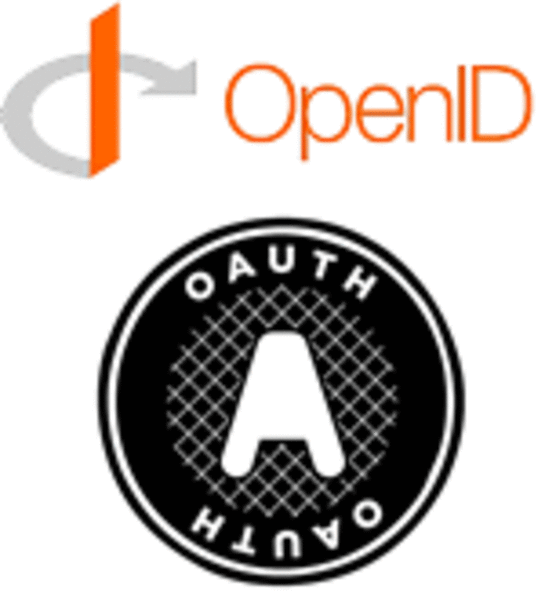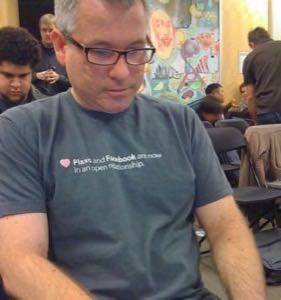After a period of dramatic tension, social networking giant Facebook has joined forces with the OpenID community working for a distributed system of standards-based, non-proprietary user identity. It’s a move we think bodes well for the web and yesterday the first big collaborative event was held since the union was announced. Facebook hosted an OpenID User Experience Summit at its headquarters in downtown Palo Alto.

Much like last month’s summit on Activity Stream standards, we believe that yesterday’s meeting was of historic proportion.
The social web is maturing right in front of our eyes. Whether it’s activity data or social profile payloads, standardized systems of data portability point towards an era of innovation that will scale to make what we’ve seen to date seem tiny and pathetically slow. So who was at the meeting yesterday and what did they talk about? Read on for some big photos and short captions describing some of the presentations.
A big thanks to Plaxo’s John McCrea for taking the photos below, giving them with a permissive Creative Commons license and for live blogging the meeting so extensively. All the photos below are his, with the exception of the photo of McCrea himself, which was taken by Will Norris. McCrea has covered the meeting in far more detail than we have – we just thought the event was striking enough that we wanted to post some pictures and make brief introductions to a handful of the players present. These are some of the folks most instrumental in building the web of the future, right now.
Brian Ellin, of JanRain, went through the history of OpenID user interfaces. He shared some of the things people currently type into the OpenID field of existing interfaces, like “elderly,” “I HATE YOU LADY GAGA,” “Hotmail,” and their email addresses.

Vidoop’s Chris Messina discussed the differences between identification, as in for blog comments, and authentication, as a method of gaining verified access to user data. That’s something that people are increasingly looking to OAuth to accomplish, or an OAuth/OpenID hybrid.

Google’s Breno de Medeiros said there needs to be a neutral 3rd party method of figuring out who users’ identity providers are without asking them explicitly, something like how the DNS system works.

MySpace’s Max Engel, the 8bitkid, says that MySpace users were generally comfortable with sharing data between AOL and MySpace but showed some confusion about which direction the data was flowing. He also said that “OAuth is the condom of the Open Web,” and noted that “Facebook has free beef jerky!”

Facebook front end designer Julie Zhuo said she believes that 3rd party authentication implementations should keep the first screen really simple and delay things like extended permissions to later flows, in context.

Plaxo’s John McCrea spells out what it’s all about – free love between social networks. HeHis co-worker Joseph Smarr also presented the most impressive data of the day, a 92% success rate in user completion of Plaxo’s new OpenID login process. That process packed more into a short space than Zhuo seemed to argue was ideal, but in this case it worked. Does Plaxo’s new solution put too much emphasis on established big players like Google? It might, but it might very well be able to use some kind of neutral 3rd party cookie sniffing method like the Google team brought up yesterday to solve that problem.

There are lots of questions unanswered but things are progressing quickly. We expect the web to be a very different, and hopefully more exciting, place in the next few years. The people above are some of those we’ll have to thank if these dreams for the future come true.










